One thing you don’t have to worry about, though, is compatibility with accessory and mobile decoders made by other manufacturers. Thanks to the National Model Railroad Association (NMRA)’s DCC standards and recommended practices, that compatibility is guaranteed. Let’s take a look, then, at what does matter.
This is important since it means you will have a local support system of experienced users when you need help understanding how some features work. While most DCC equipment is highly reliable (I have only had to send one throttle back for repair in 24 years), the manuals can leave you scratching your head. This is especially true when you’re new to the technology and its jargon. Having someone to translate can relieve a lot of frustration.
For example, the Bachmann E-Z Command DCC system ❶ comes with a 1 amp power supply that can power two HO or four N scale locomotives (assuming .5 amps per locomotive for HO and .25 amps for N scale). The NCE PowerCab, on the other hand, is rated at 2 amps and therefore can power four HO and eight N scale locomotives.
The Bachmann system supports 10 simultaneous trains while the NCE system supports 12. However, you’re still limited by the available amperage, so these are just theoretical values unless you add more power. Both offer booster units to provide that additional power, which also allows these systems to be used with the larger O and G scales. One advantage of the PowerCab, for anyone needing future expansion capacity, is the ability to use it with NCE’s more powerful and advanced Power Pro system.
series, Digitrax DT500, and NCE PowerCab provide full programming capabilities. Note that the MRC has one mid-size locomotive control knob, the Digitrax throttle has two small knobs, and the NCE has a horizontal thumbwheel. In addition, the throttles have individual push buttons to increase and decrease speed.
Many manufacturers also offer more advanced systems ❷ that allow users to operate more locomotives, control accessories, set up routes, and communicate with computers. With four-digit address capabilities you can enter addresses up to 9999, and large internal memories allow you to store the addresses of hundreds of locomotives and consists. While you may never need that many locomotive addresses, large clubs and big operators might.
However, it also means even the average modeler will not run into memory issues when attempting to use the full system capabilities on a model railroad. These advanced systems typically have more power, with
5 amps being the norm.
Throttles are another important consideration. Your throttle is the interface for your DCC system just like a computer keyboard allows you to interact with your computer. Because you’ll be using the throttle to program decoders, modify system settings, and control locomotives, it needs to be something you’re comfortable with. For this reason I recommend visiting a local club or DCC system owner to get a little hands-on time to see how different throttles feel and operate.
There are two basic types of throttles: programming throttles with either vertical knobs or horizontal thumbwheels for speed control ❸, and small throttles about the size of your palm with a speed control knob ❹.
The Digitrax DT500 has two small speed control knobs, making it simple to control two trains at the same time. The Model Rectifier Corp. (MRC) throttle has a single medium-sized control knob, while the NCE throttle has a horizontal thumbwheel for speed control.
The smaller utility throttles ❹ have fewer buttons, since they’re not used for programming and accessing other advanced features. Most of the operators I know like the feel of a large diameter control knob, and a unit that fits comfortably in your hand can be an important factor during a three-hour operating session.
Wireless throttles may not be an important item on your checklist at first, but once you’ve operated on a walk-around layout with one, you’re going to want your own. Fortunately, most manufacturers offer some type of wireless throttle capability. These technologies include infrared, radio, and WiFi-based systems. With some systems you can even use an iPhone, iPad, or Android phone or tablet to control your locomotives.
For example, many Digitrax accessories make use of the company’s LocoNet communication network to provide feedback to the main unit (command station) and the computer interface. Although you may not plan on using these features now, if at some time in the future you should decide to use some of them, having this communication capability may be an important consideration.
Selecting a DCC system, especially when you’re new to model railroading or are just beginning to build a model railroad, may seem a bit challenging. Taking a little time to plan out what you might want in the future can save you some expense and frustration down the road.





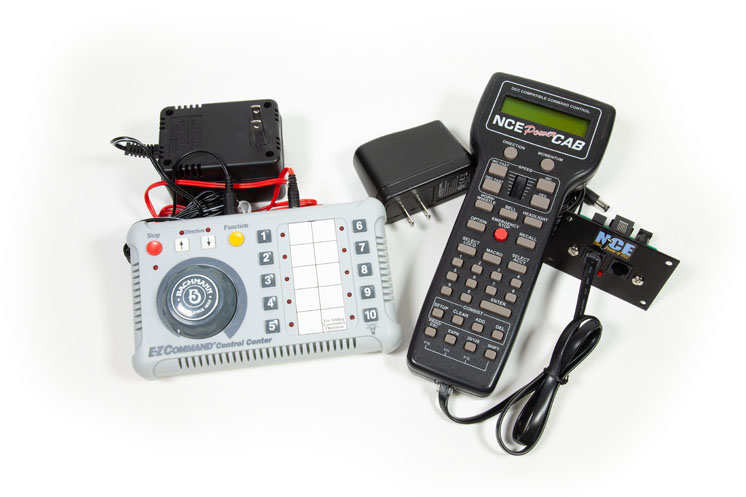
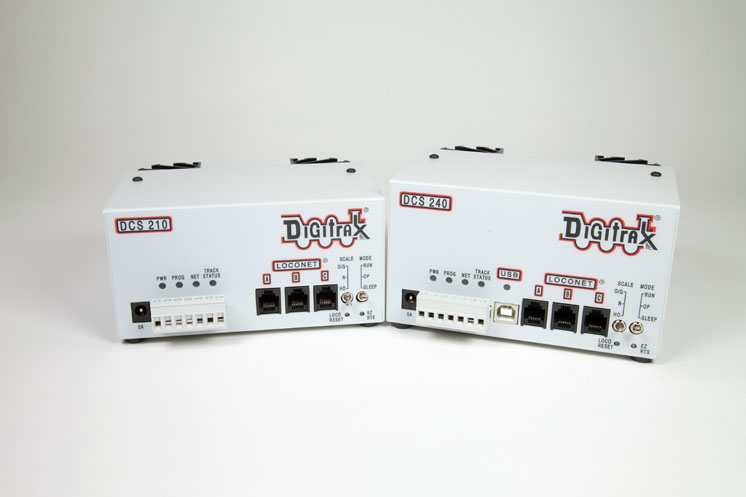
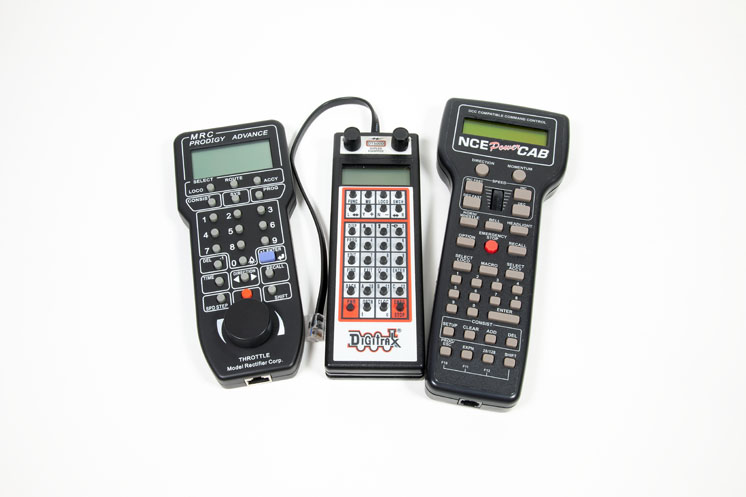
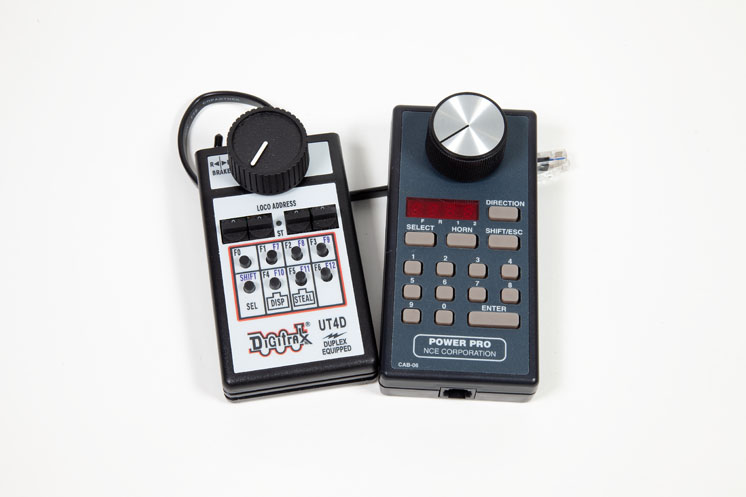


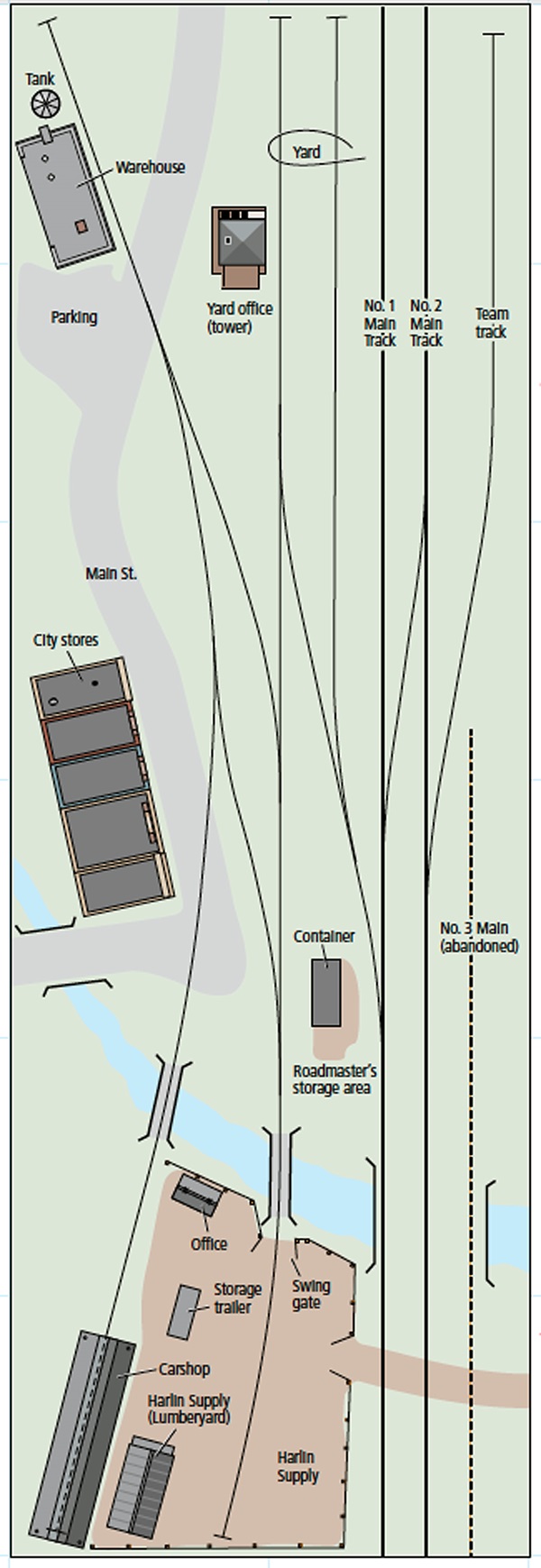
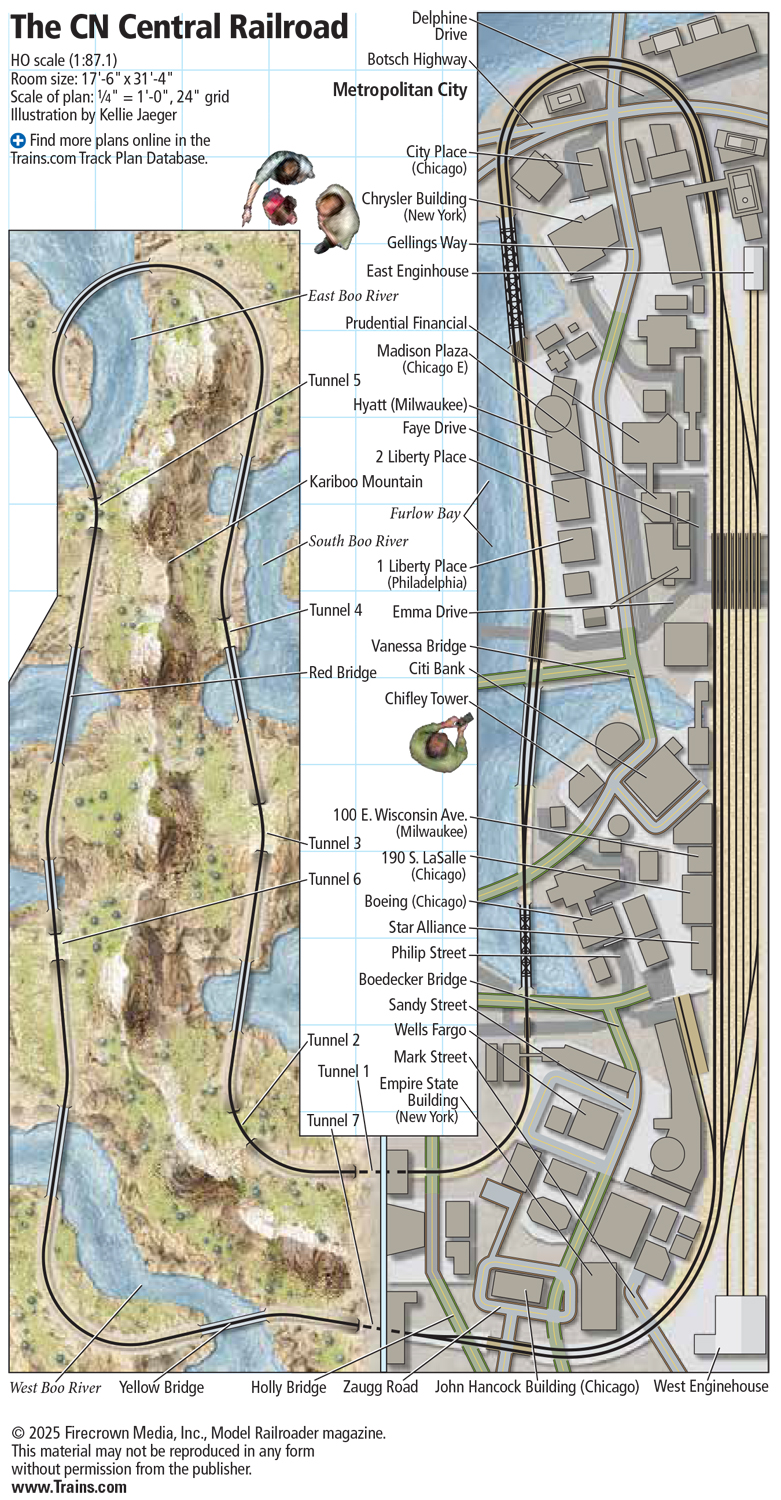
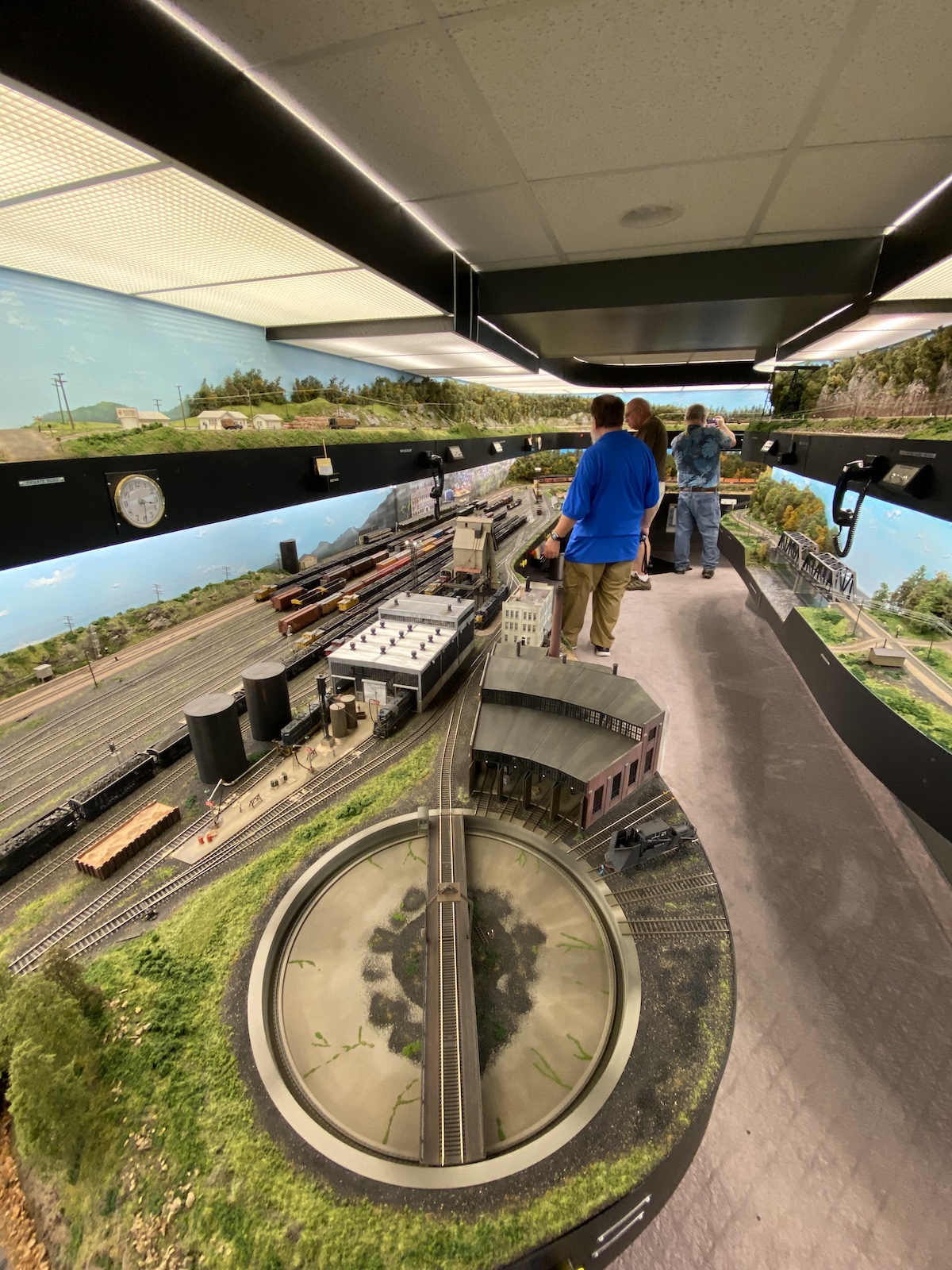




One other highly desirable feature in a system is the ability to connect with a computer, either directly or through an accessory board. This can make programming complex decoders much easier, plus allows the manufacturer to supply firmware upgrades to update the throttle/system to current specs.